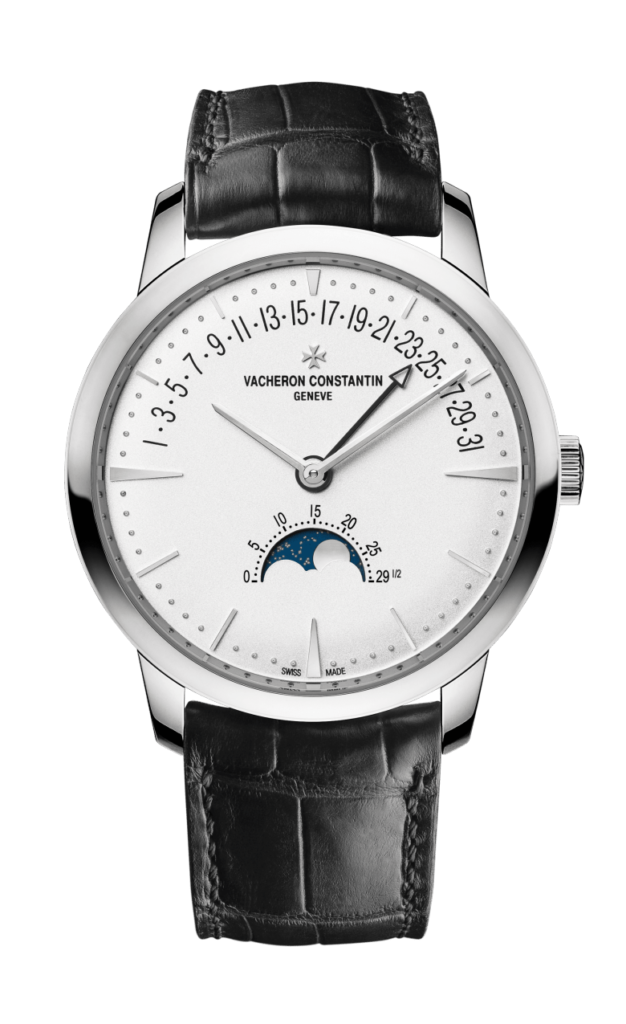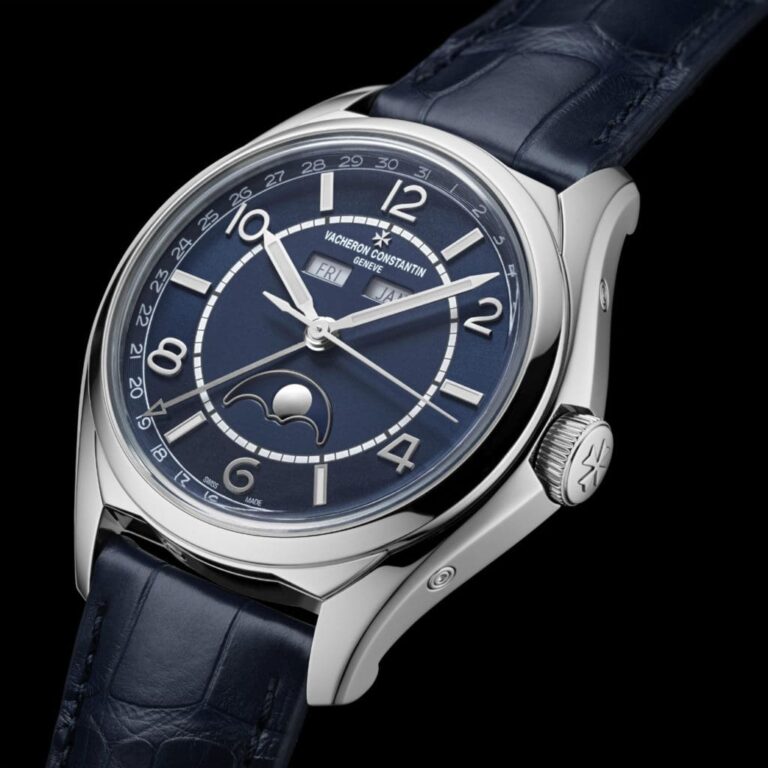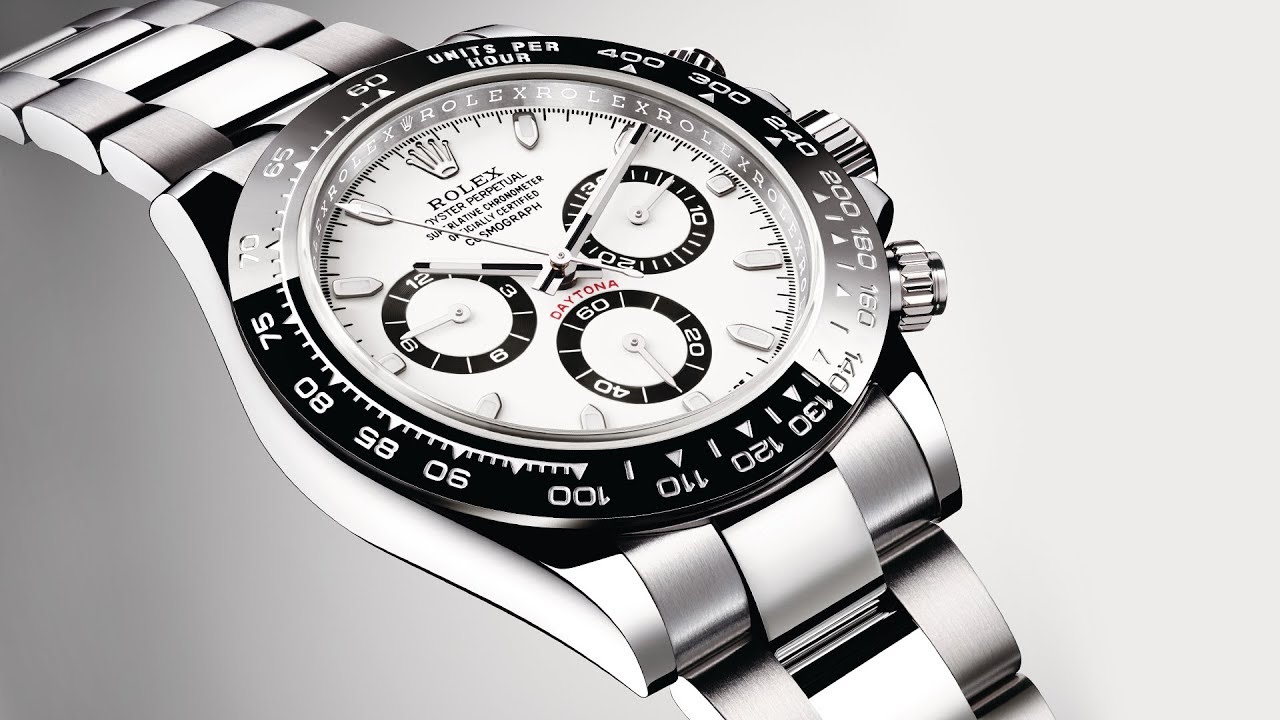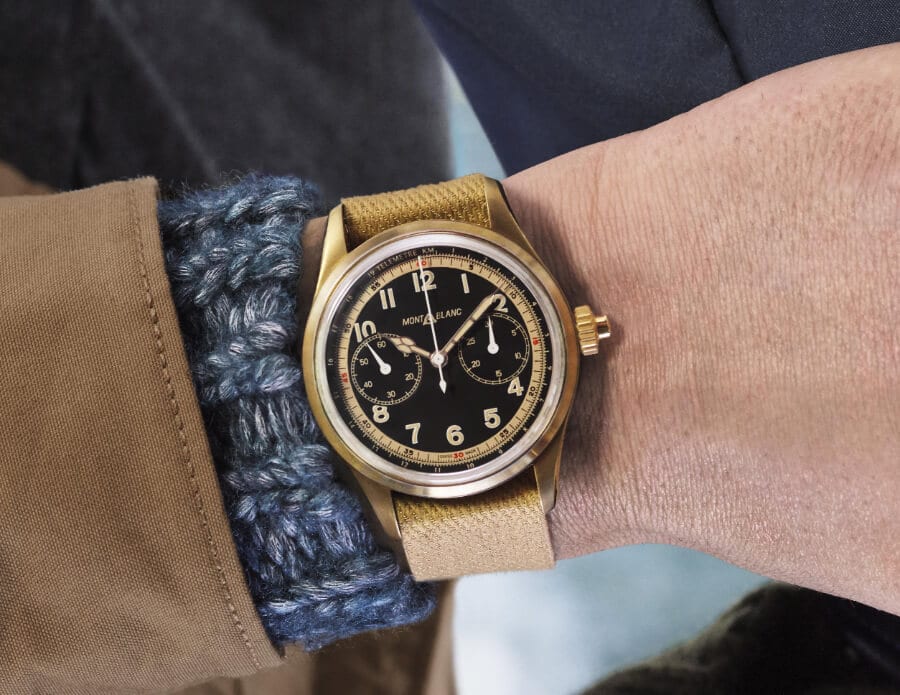Have you ever actually wondered, how do you use a chronograph? And how do you understand the time through a minute repeater?… And finally, how does the Perpetual Calendar work and how can it be read?
These are questions that may seem obvious but they are not and for many beginners it is not easy to explain themselves or find simple material on the subject.
Don’t worry though! In this article we will explain to you in the simplest possible way how all the most important watchmaking complications work.
Please note, the aim of this guide is not to give a detailed explanation but to provide you with the basics for each function so that you understand it. For each function we will add useful links with which you can learn more!
But first let’s take a step back to answer a fundamental question.
What are complications?
The functions that each watch can have are the basis of the learning path of every person who is passionate about the world of timepieces, yet the functioning of these is not always given adequate attention and explained.
In watchmaking, the term complication indicates all the applications and technical solutions whose purpose is to implement additional functions in addition to the traditional indication of hours, minutes and seconds.
Once upon a time, before digital watches, iPhones and Apple Watches, these complications and functions had fundamental importance as they were the only way people had to keep track of time.
Now, however, although they still perfectly perform the tasks for which they were designed, they are, more than anything, a wonderful reminder of art and tradition.
The maisons’ ability to combine multiple complications in a single caliber aims to underline the savoir faire and extreme skill of each of them.
I would say that now after this necessary introduction we are ready to start explaining everything you need to know about the functions of your watches!
Simple calendar or date
The first complication, which rather than complication, we will call function due to its simplicity, is the simple calendar or date.
Usually positioned at 3 o’clock, it progressively indicates the day of the month via a rotating disc, placed behind the dial, and the presence of a small window on the dial that allows a glimpse of the exact day.
Every 24 hours the disk rotates so as to appropriately change the day shown in the window.

Patek Philippe 5711 with green dial and blue dial
Here you can read our in-depth articles on the date: “The date: the first complication in history” and “Is the date the most annoying complication?”
Great date
The Gran Data is the indication of a classic date represented however on two windows, so as to be larger in size for better reading. In this case, generally, there will be two rotating discs and on each of the two there will be marked one of the two digits that make up the date.

Retrograde date
It is always a simple calendar, i.e. indication of only the day of the month. The date is shown via a retrograde sphere, i.e. a hand that, once it reaches the last day of the month, goes back to the first. Usually the 31 days are represented as an arc with the sphere in the center.

Vacheron Constantin Patrimony Fasi Lunari
Day-date
The Day-date function shows not only the day of the month but also the day of the week. The representation can take place with the full name, as in the Rolex Day-date, with the abbreviated name always inside a window or via a sub-dial. The latter presents the seven days of the week and a special sphere useful for indicating the correct day.

Rolex Day-Date “Eye of the Tiger”
Without a doubt, the most famous watch with the Day Date function is certainly the Rolex jewel, so we strongly recommend our article in which we tell its story!
Power reserve
A very useful complication on a timepiece is the power reserve. It indicates the residual operating autonomy of the movement.
It is usually shown in hours or days remaining from the moment the watch reaches maximum charge. It is clearly represented on the dial and with a dedicated sphere useful for indicating the charge level.

The power reserve of this Greubel Forsey GMT Earth is 36 hours.
GMT
The GMT function, Greenwich Mean Time, is useful for indicating a second time zone on the dial.
It consists of two elements. The first is a second hour hand, typically arrow-shaped and of a different color than the 12-hour hand. The second consists of a bezel or flange graduated at 24 hours.
The GMT hand makes a single revolution over 24 hours unlike the standard time which makes one revolution in 12 hours.
To set the time zone, simply remove the crown and rotate it until the GMT hand reaches the time corresponding to our reference location.

Tudor GMT. In this case in the local time zone it is 10:19 while in the selected time zone it is 9:18 A.M.
This article is a must if you want to go deeper into the GMT question
World time
The World Time complication allows you to instantly display the local time via the spheres in the center as well as the time zones of the 24 main cities in the world. This technicality is made possible by the presence of a rotating disk on which the 24 cities are shown, which differ from each other by the time zone of one hour. There is also a second disc where the 24 hours of the day and also the day/night indication appear. The local time and time zones are adjusted using crowns and dedicated buttons which, with a single click, simultaneously slide the rotating discs and hands.

Patek Philippe World Timer “Eurasia” ref. 2523. In this case the time considered is that of Rome, Geneva and Oslo and it is 11.50pm. In Sydney, however, at 6 o’clock, it is 8:50。
For this incredibly fascinating complication we recommend two articles:“How do world times work?” and “The first Patek Philippe World Hours”.
Moon phases
The moon phases are one of the most appreciated complications in the watchmaking field by collectors, mainly for an aesthetic factor. Indeed, the charm of a well-made representation of the lunar surface is undeniable. Usually the lunar phase is represented by a crescent-shaped window at 6 o’clock. The lunar phases are used to describe the appearance that the Moon shows reflected on the Earth during its motion. It changes face due to the different orientation with respect to the Sun. The lunar phases repeat every 29 days,12hours,44 minutes and 2.8 seconds, a synodic month, in which the Moon assumes 4 positions defined as main phases and 4 defined as intermediate phases.

Full calendar
The full calendar complication allows the date, month, day of the week and week number of the year to be displayed on the dial. It has automatic adjustment for months with a duration of 31 days; for others with shorter duration, it requires manual correction.
Generally we have the day of the week and the month indicated through windows at 12 o’clock (or at 6 and 9 o’clock as in the photo below), while the day of the month is indicated through a special sphere which indicates the day on the monthly calendar arranged in circular manner at the edges of the dial or inside.

Vacheron Constantin Fiftysix Complete Calendar
Annual calendar
The annual calendar complication provides indication of the day of the week, day of the month, month and often the phases of the moon.
This complication features automatic adjustment of all months with 30 and 31 days. In the month of February, however, it requires manual correction both during leap and non-leap years.
To synchronize all the indications, usually provided via three sub-dials, different buttons on the case middle are used in addition to the winding crown.

In this vintage Patek Philippe Annual Calendar we find the month and day of the week represented at 12 o’clock through the windows while the day of the month is represented through the calendar arranged around the moon phase counter.
Perpetual calendar
The perpetual calendar complication provides indications such as day of the month, day of the week, month and moon phase. It is able to automatically adjust the different duration of the months of the year including February, both during normal and leap years.
This complication is made possible by the mechanical memory of the movement based on 1461 days; equal to 4 years or the duration of a leap year cycle. All the functions present are therefore connected to the special leap year wheel which rotates once in four years.
For three years it selects a wheel configuration that will assign February the duration of 28 days and subsequently make the date jump to March 1st. When the wheel reaches the leap year, the 29th day will be added to the month of February.
Yes, we were almost moved while writing this part. The Perpetual Calendar is an incredible complication.
As regards reading, generally the counter for the days of the month is placed at 6 o’clock. The month can sometimes be marked with a counter at 3 o’clock or with windows at 12 o’clock, as in the 1518 in the photo (this is because 1518 is also a chronograph). The same thing applies to the days of the week but with the counter generally at 9 o’clock.
Finally, we find the indication of the leap year, often associated with the month counter. This is that sub-quadrant divided into four parts, corresponding to the 4 years of the cycle. The fourth year, sometimes indicated with L, indicates that we have entered the leap year (Leap year)


Read our article “Perpetual Calendar: An Almost Eternal Complication” to learn even more about the perpetual calendar.
Chronograph
Perhaps the most famous and most requested Complication by collectors. It allows you to measure more or less long time intervals starting from a moment 0.
The measurement of the chronograph seconds is usually done via a central sphere, the timepiece then has two or three compaxes (sub-dials) in which the small seconds of the movement, the chronograph minutes and the chronograph hours are indicated.
The chronograph function is started and stopped via a button positioned on the case middle at 2 o’clock, the reset occurs via a second button at 4 o’clock.
The counter divided into sixtieths is independent of the chronograph movement, the counter in thirtieths indicates the minutes (max 30), the counter in twelfths indicates the hours.

In addition to the traditional chronograph, there are other variations of this complication:
Flyback Chronograph: Allows you to immediately start and restart the timer by pressing the reset button once.

Audemars Piguet Code 11.59 Flyback Chronograph
Split-seconds chronograph: allows you to measure intermediate periods of time using a second “split-split” chronograph seconds hand. When the chronograph is started the two hands move simultaneously, when the button is pressed the additional hand stops while the main one continues to turn. Once the time has been noted, pressing the button again makes the two spheres start moving simultaneously again. It is useful for measuring events that have the same start but different durations.

A.Lange & Sohne Triple Split
Single-button chronograph: it is regulated, as the name suggests, by a single button for all functions: start, stop and reset.

Montblanc Chronograph Monopusher
If we talk about chronographs, dear friends of IWS, there are definitely two musts. We advise you to learn as much as you can about Patek Philippe’s famous 1518 and vintage Daytonas.
Tourbillon
The tourbillon consists of a rotating cage containing all the components of the regulating organ: balance wheel, wheel, escapement and anchor. It was initially invented by Breguet to compensate for time imbalances caused by the poor balancing of the balance wheel. To date, the tourbillon has become a complication of the highest watchmaking and a challenge ground between the great manufacturers to demonstrate the technical skills and savoir-faire of each of them.



The history of this wonderful complication is incredibly interesting in this case.
Minute repeater
The minute repeater consists of a mechanical complication capable of emitting sounds useful for indicating hours, quarters and minutes. By activating this function using the appropriate button, the watch will emit three different types of sounds to differentiate the hours, quarters and minutes.



Let’s talk about the queen of complications, gentlemen, a separate article is minimal to pay homage and better understand this miracle of technology.
Equation of time
Timepieces with an equation of time complication feature two spheres on the dial indicating the time. One of them indicates the average solar time (conventional time lasting 24 hours) while the second indicates the real solar time, which varies according to the irregular orbit of the Earth. Through the Equation of Time function it is possible to notice the difference between the two times on the various days of the year.
In fact, this complication is rather difficult to explain in a few lines, so we strongly recommend you read our in-depth article.

Breguet Marine Equation Marchante

